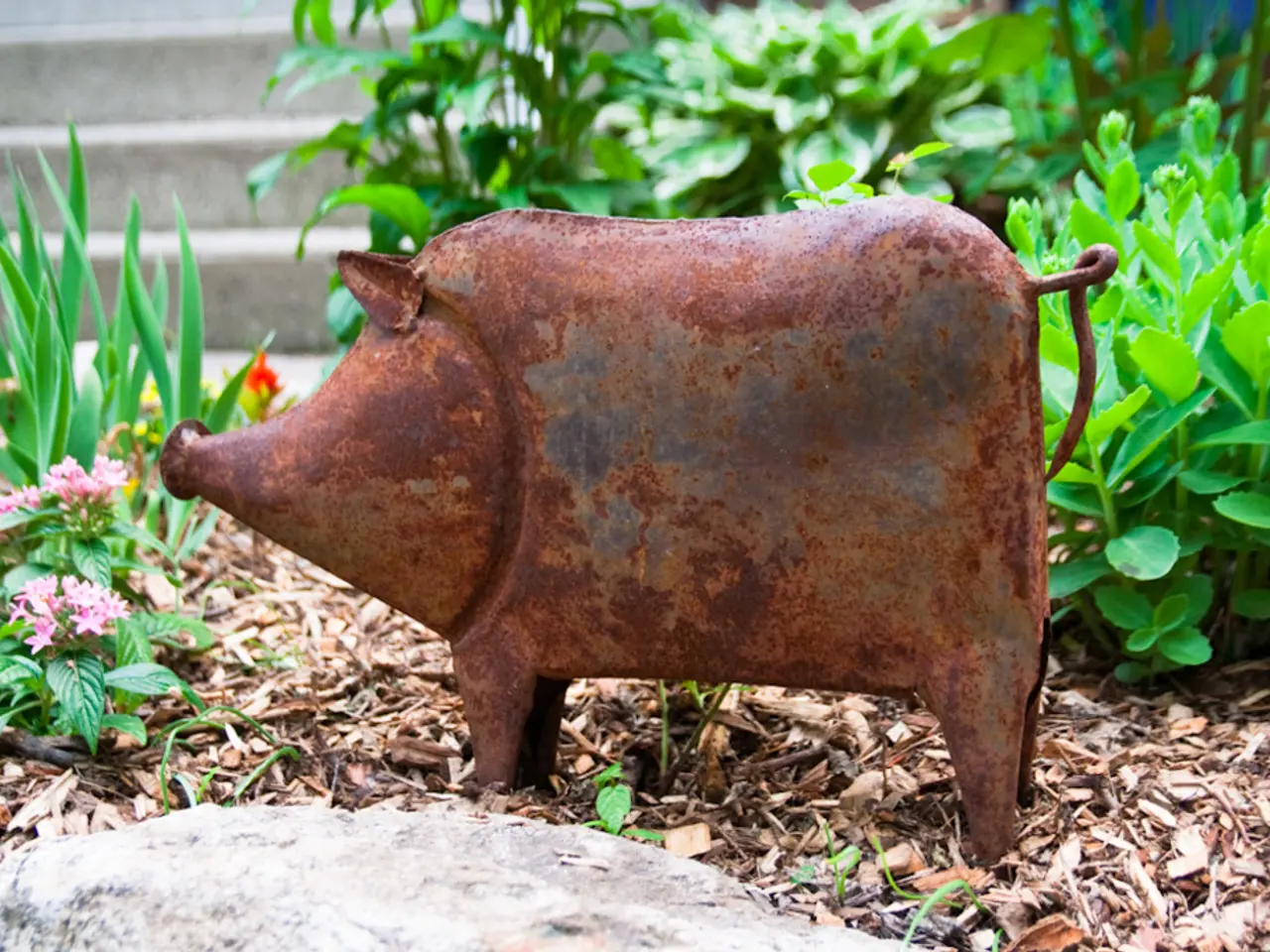Top 6 Delicious and Iron-Rich Cooking Recipes
A balanced diet is crucial for the growth and development of children, and one essential nutrient that should not be overlooked is iron. This mineral plays a vital role in the body's production of hemoglobin, a protein found in red blood cells that aids in carrying oxygen to other cells. A deficiency in iron can lead to anemia, a condition characterized by fatigue, weakness, and poor appetite.
Fortunately, there are numerous food sources rich in iron that can help prevent deficiency. Both heme iron (found in animal products) and non-heme iron (found in plant-based foods) are important for maintaining healthy iron levels.
Heme iron sources, which are more readily absorbed by the body, include red meat, poultry, fish, and organ meats. Non-heme iron sources, on the other hand, include green leafy vegetables, legumes, seeds, and dried fruits.
Dark green leafy vegetables such as spinach, kale, fenugreek, collard greens, cabbage, broccoli, Brussels sprouts, dried fruits like raisins, prunes, and apricot, fruits like apples, pears, and pomegranate, legumes like beans, lentils, chickpeas, peas, and soybeans, seeds like pumpkin, sesame, hemp, and flax are all rich sources of iron.
Pumpkin, sesame, hemp, and flax seeds, in particular, contain around 1.2mg to 4.2 mg of iron per two tablespoons. Legumes, such as chickpeas and black-eyed peas, are also high in iron, providing up to 6 mg per cooked cup.
To maximize the absorption of non-heme iron, it is beneficial to combine these foods with vitamin C-rich fruits and vegetables, such as citrus fruits, strawberries, bell peppers, cauliflower, broccoli, and cabbage. Vitamin C significantly enhances non-heme iron absorption.
On the other hand, certain foods and substances can inhibit iron absorption if consumed together with iron-rich foods. These include tea and coffee, foods high in phytates, foods with oxalic acid, and calcium supplements.
To help children who may not be eating a variety of iron-rich foods, products like the Kids & Teens Daily Nutrition Veggies and Dal Powder can be a useful addition to their diet. This product is rich in protein, fiber, calcium, vitamin D, and vitamin B12, and is free of preservatives, artificial color or flavor, gluten, and dairy. It is also safe for kids and adults, and can be mixed with various foods.
In addition to iron-rich foods, there are several delicious and nutritious recipes that can help children meet their daily iron requirements. For instance, the Millet and Veggies Appam recipe includes ragi, a medium-sized beetroot, carrot, broccoli, the website's Weight savoury spread, salt, oil, and water.
The Beetroot idli recipe, on the other hand, includes samai millet or rice, urad dal, beetroot puree, ghee or oil, and the website's Weight savoury spread. Another option is the Quinoa-Millet Peas Meal, which includes quinoa or little millet, peas, oil, onion, garlic, ginger, ajwain/ carom seeds, lemon juice, coriander, and salt.
For those looking for a spicier option, the Spinach pasta recipe includes pasta, spinach puree, onion, garlic, ginger, sorghum millet, the website's Weight savoury spread, schezwan sauce, chilli flakes, milk, oregano, oil, and salt.
Lastly, the chickpea flour or mung bean paste-based dish, called cheela, includes items like Ragi flour, beetroot, tofu, sesame seeds, and grated ginger, among others.
Ensuring children eat a variety of iron-rich animal and plant foods, especially alongside vitamin C-rich fruits and vegetables, is key to preventing iron deficiency. Avoiding inhibitors of iron absorption during meals further supports healthy iron levels. A balanced diet, rich in protein and iron, is essential for good cognitive development and keeps kids active all day.
- Incorporating a variety of iron-rich foods, such as dark green leafy vegetables, legumes, seeds, dried fruits, red meat, poultry, fish, and organ meats, is crucial for children's growth and development, specifically their brain and bone health.
- For optimal absorption of non-heme iron, it's beneficial to pair these foods with vitamin C-rich fruits and vegetables, like citrus fruits, strawberries, bell peppers, and broccoli.
- To ensure children get their daily iron requirements, they can be introduced to various health-and-wellness products, like the Kids & Teens Daily Nutrition Veggies and Dal Powder, which is rich in protein, fiber, calcium, vitamin D, and vitamin B12.
- Regular fitness-and-exercise paired with a well-balanced diet, including iron-rich foods, contributes to overall health, supporting good cognitive development and maintaining kids' energy levels for the whole day.




